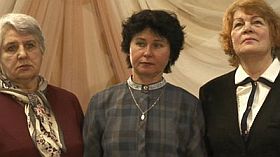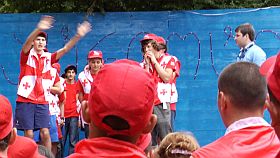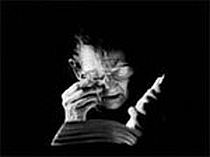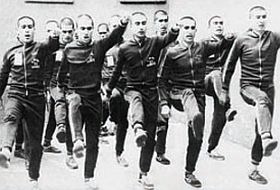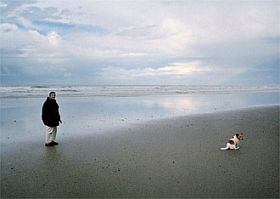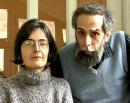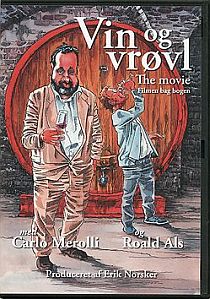


Monique Mbeka Phoba: Between Cup and Elections
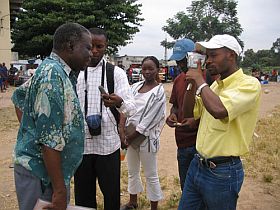
In two days the big football event Africa Cup of Nations 2010 will kick off. DR Congo did not qualify even if they were close to get there and do what they did in 1968, when they won the tournament, passing on to the World Cup 1974 in Germany as the first African team. Some of us, who are old enough, vaguely remember ”The Leopards”, the nick-name of the squad, who played 3 matches and lost them all, but displayed great technical skills and made a lot of headlines in the newspapers. Many of the players ended up playing in Europe, as today.
What happened to the players after their return to Zaire and their football enthusiastic president Mobuto? This is the quest of the two young student filmmakers in this film that is not at all a football nostalgic story, but rather a social one about players, who were treated like kings and then almost forgotten. A Rise and Fall narration.The two young filmmakers, male and female, were not born, when the Leopards performed and their lack of knowledge combined with a curiosity (and for the beautiful young girl a constant change of dresses) gives the film a fine, light tone of naïvity. They ask the surviving players, what happened to them, what they remember, if they felt badly treated by the leaders of the country. How the matches were ”organised”. Clips (not many, however) from the matches are shown and the title reference to elections come from that fact that one of the players is a candidate and wants to enter the parliament to do something for the foootball players.
In other words, this is a fine piece of social African football history and I could easily see this film on European public tv channels as a prologue to the World Cup this summer in South Africa.
2009, Congo, Belgium, Benin, 56 mins. (Original title: ”Entre le Coup et l’èlection”).
Shown at DOKLeipzig 2009.
http://www.cinergie.be/film.php?action=display&id=1518
http://africanwomenincinema.blogspot.com/
(interviews with the director)
